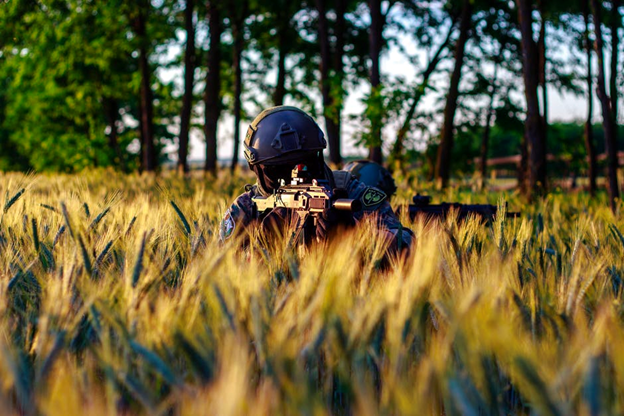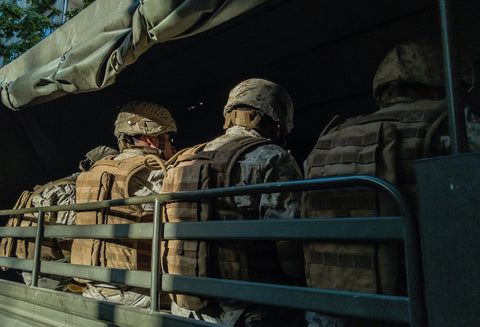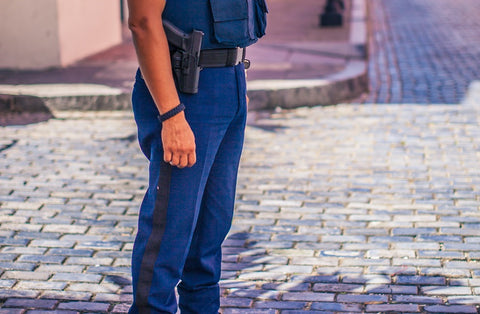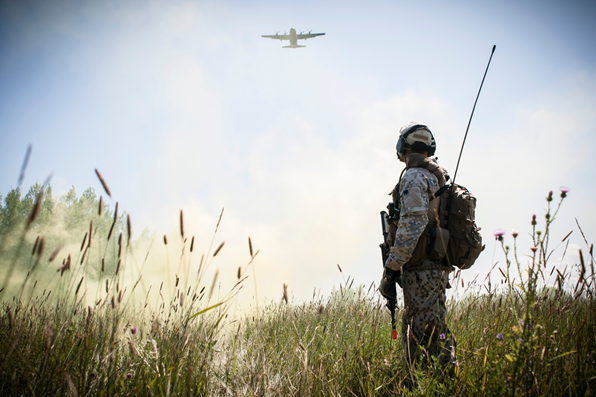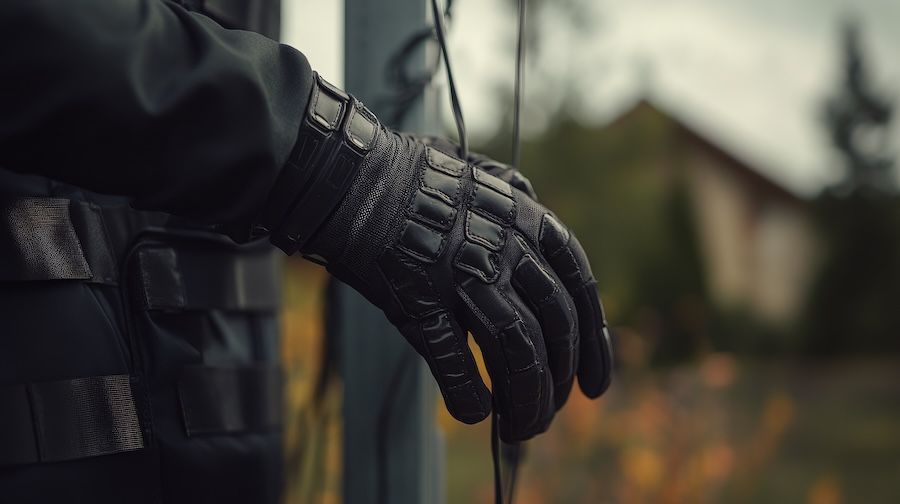Duty Belts vs. Tactical Belts: What’s Best for Your Profession?
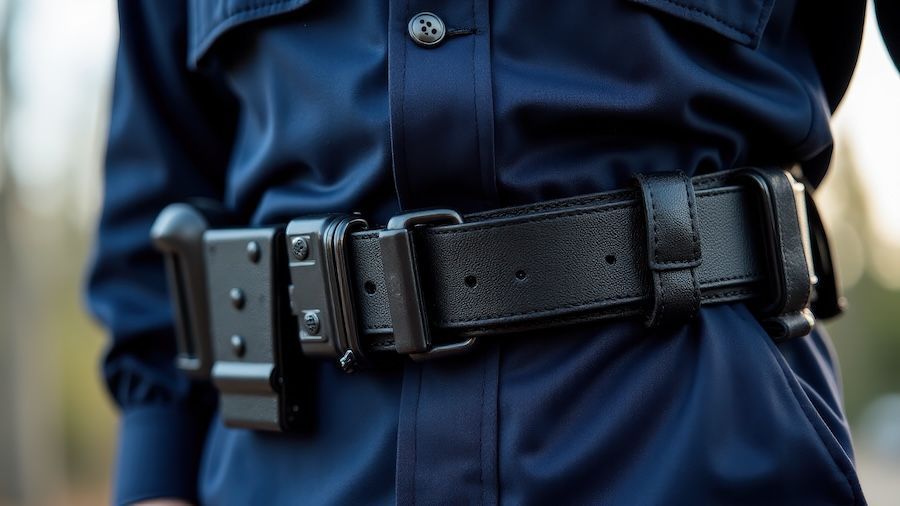
When your job demands gear that works as hard as you do, the belt you wear isn’t just an accessory, it’s an important part of your uniform.
Whether you're on the force, patrolling as a security guard, navigating military operations, or out in the field for search and rescue, the belt around your waist plays a big role in how you move, carry, and respond. But, not all belts are built the same.
Duty belts and tactical belts are often grouped together, but they serve different purposes. If you're weighing your options, knowing the differences - and which belt works best for your day-to-day - can help you make a smarter, more comfortable choice.
What's the Difference Between Duty Belts and Tactical Belts?
At first glance, duty belts and tactical belts might look similar. Both are rugged, structured, and meant to carry gear. But how they’re built and what they’re built for can be quite different.
Duty belts are typically part of a uniform. Think law enforcement, corrections officers, and security personnel. These belts are designed to hold a standard loadout: handcuffs, baton, radio, flashlight, firearm, extra magazines. They’re built stiff so that the weight of the gear doesn’t sag or shift. And they’re made to be seen - they sit outside your clothing as a visible part of your uniform.
Tactical belts, on the other hand, are all about flexibility and function in the field. Originally popularized in military and survival circles, they’re now used by a wide range of professionals such as search and rescue workers, paramedics, hunters, outdoor adventurers, and tactical trainers. These belts might carry tools, weapons, pouches, or climbing equipment, and they’re designed to adapt to a variety of situations, both on and off the grid.
The Role of Structure and Stiffness
A key difference between the two is stiffness. Duty belts are rigid by design. That structure distributes the weight of heavy gear evenly, so it doesn't dig into your hips or throw off your balance. The stiffness also helps keep gear in place, even during a foot chase or physical struggle.
Tactical belts are usually more flexible. They need to move with you, especially if you’re climbing, crouching, or wearing them under other layers. Some tactical belts are reinforced with stiffened cores, but generally, they’re more about comfort and adaptability than rigidity.
Think of it this way: if you’re working long hours in a uniform and need everything to stay exactly where it is, a stiff-duty belt helps keep things locked in. But if you need to adapt your gear on the fly or wear your belt over multiple layers, a tactical belt gives you more range.
Everyday Wear and Comfort
Let’s talk comfort. Because if you’re wearing a belt all day, every day, how it feels matters just as much as how it performs. Right?
Duty belts are often heavier. That’s not just because of the gear, they’re usually wider and reinforced, which adds bulk. Over time, this can lead to hip pain or back strain, especially if you’re not wearing a supportive inner belt or harness.
Tactical belts are generally lighter and more ergonomic. They’re made for movement and often designed to be worn for long periods with minimal fatigue. For outdoor professionals, that difference can mean the ability to hike, climb, or crouch without your belt getting in the way.
So if your job keeps you moving through different terrain or requires agility, the comfort of a tactical belt might be a better fit.
Load Capacity: What Are You Carrying?
What you carry on your belt matters. For police and security personnel, the load is pretty standard: sidearm, radio, baton, handcuffs, flashlight. Duty belts are made to carry these essentials in specific positions, making gear easy to access in high-pressure moments.
Tactical belts, by contrast, are more modular. You can configure them based on what you need; maybe a multitool, a climbing carabiner, or a med pouch. The attachment systems are often more flexible too. MOLLE webbing is common, which gives you more options for customizing your loadout.
Basically - if your gear changes depending on your mission or environment, a tactical belt gives you the ability to adapt. But if your gear is consistent and needs to stay locked in, a duty belt offers more structure.
Uniform vs. Utility: How Do You Use It?
Duty belts are usually worn with a uniform, and there are regulations around how they look and function. That makes them ideal for law enforcement or security jobs where appearance and standardization matter.
Tactical belts aren’t held to the same visual standard. You can choose from different styles, colours, and configurations. They’re more about performance than presentation.
If your role requires you to look professional and present a visible sign of authority, the uniform-ready design of a duty belt is a better match. But if utility, speed, and adaptability are your main concerns, tactical belts offer more freedom.
Durability and Materials
Both types of belts are built tough. You’ll usually find materials like nylon, polyester, reinforced stitching, and high-grade buckles. But the environments they’re built for can impact how long they last and what they can withstand.
Duty belts are exposed to daily wear and tear, including sun, sweat, rain, and physical contact. They're made to resist stretching, fraying, or sagging over time. You’ll also find more belts with leather or leather-look options to match formal uniforms.
Tactical belts might be used in more extreme environments - think mud, snow, rocks, or salt water. Because of that, they’re often built with extra weather resistance and faster drying materials. Some even include escape features or load-bearing reinforcements for rappelling.
So if your job keeps you indoors or in predictable weather, either type can last. But if you’re often outside and dealing with the elements, tactical belts are usually the more rugged choice.
Adjustability and Fit
Duty belts are usually worn over a duty belt keeper system with an inner belt. That helps distribute weight and prevent shifting, but it also means sizing can be less flexible. You’ll want a proper fit based on waist size and uniform requirements.
Tactical belts often use hook-and-loop fasteners, quick-release buckles, or ratcheting systems. That makes them easier to adjust on the go. You can loosen or tighten your belt depending on what you're wearing underneath which is useful if you're going from base layers to full gear.
So if you’re in a role that involves changing gear throughout the day or moving between layers, tactical belts offer more day-to-day adjustability.
Which One’s Right for You?
There’s no one-size-fits-all answer here, since every profession has its own demands.
If you're in law enforcement or security and need a belt that supports consistent, regulated gear placement, a duty belt is the way to go. It's built for uniformity, visibility, and load management. But be prepared for a heavier, more rigid setup.
If you're in the military, working in outdoor environments, or doing any kind of hands-on tactical training, a tactical belt may be a better fit. It offers more flexibility, customization, and movement, it’s ideal for dynamic roles where no two days are the same.
At the end of the day, your belt should support you, not slow you down. Think about your environment, your gear, and your movement. The right belt helps you stay focused, comfortable, and ready for whatever comes next.
And if you’re still on the fence? Try both.
Many professionals find that a duty belt works best for daily shifts, while a tactical belt comes in handy for training, outdoor tasks, or off-duty use. You don’t have to pick just one - you just have to pick the one that works for you.


